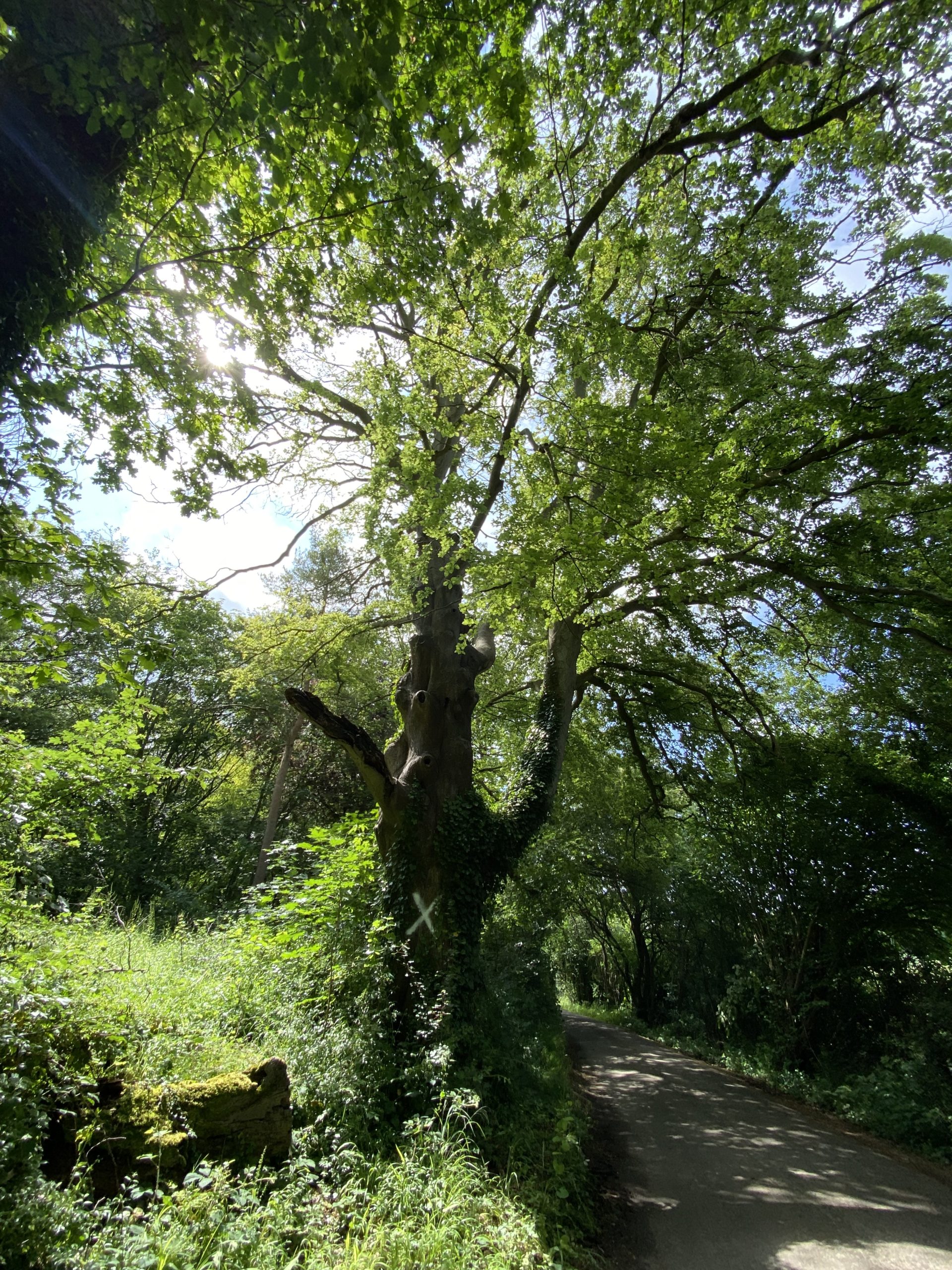The relevant Highways regulations will be adhered to and if your council needs to know that traffic flow may be disrupted we will tell them and arrange appropriate traffic control.
Month: January 2024
How will a diseased tree affect the trees within the area?
It depends on what disease the effected tree has, some diseases spread by root to root contact, others through the air. Generally speaking healthy trees are well prepared to cope with attacks from diseases.
Do you have environmental policies?
about…trees strongly supports tree planting and encourages it on every contract. We have in-house tree planting schemes, we always use re-cycled paper and use e-communication as much as we can. Woodchips are re-cycled as are logs. We use Bio-oil in our chainsaws and try to use handsaws rather than chainsaws.
Can you replant a tree in the same place?
There may be a reason why the tree has been removed and the replanting in the same place may not be advisable. However we will happily replant a new tree in a suitable place in your garden,(at an extra cost).
Can I request to have wood for logging? How will you leave? Will you stack it?
We will happily leave you the wood for logging if asked to. We will endeavour to cut the logs into in large chunks for you to handle, they will be stacked near to where the tree was dismantled. If you would like to us to log and stack them this can also be arrange at an additional cost.
How do I pay?
You can pay by Debit/Credit card on site or securely over the telephone this may enable you to spread the cost on a 0% credit card or by cheque or cash upon completion of the contract. Whichever way suits you. Our preferred method, which is free and easy is an internet transfer via your online banking.
How will you leave my garden?
We will leave your garden as tidy as possible with little evidence of us being there. We will take the entire tree away and tidy by up by hand also remove most of the leaves by means of a blower. The lawn may have some brushed areas where we have drag large branches. Obviously, if the garden is very wet there may be areas of mud. We are registered Environment Agency waste carriers.
What insurance do you have? What does this cover?
about…trees has full Arboricultural Insurance with Public and Products Liability of £5 million and Employers Liability of £10 million which means we have every eventuality covered for your peace of mind. We are fully qualified with the relevant NPTC certificates and a NCH (arb) along with nearly 20 years practical experience. We are Technician status members of the Arboricultural Association (A.A.) grade TechArborA member number TE02523
High Winds in Kent – The Impact on Trees in Full Leaf and How to Protect Them
As Kent’s leading tree care company, About Trees Ltd., we are passionate about sharing our extensive knowledge about tree care. A topic that holds considerable relevance, particularly during the warmer months, is the impact of high winds on trees in full leaf.
High winds and summer storms in Kent can pose unique challenges to our trees. While winds can play a role in strengthening trees, they can also be a force of destruction, causing serious damage to trees in full leaf.
The most prominent issue with high winds during the summer in Kent is their unpredictable nature. Strong winds can cause even healthy trees to bend and sway, potentially leading to root failure, branch breakage, or even total tree failure. The problem is amplified when a tree is in full leaf – the leaves act like sails, increasing the tree’s surface area exposed to wind.
What’s more, high winds can lead to a phenomenon known as windthrow, where trees are uprooted entirely by the force of the wind. Windthrows are often a result of the saturated soils following heavy rainfall in Kent’s summers, which reduce the soil’s stability and grip on the tree roots. This phenomenon can be highly destructive, damaging property and causing injuries.
The risk factor is further increased when high winds coincide with heavy rainfall. Wet soils can destabilise trees, while the additional weight of water-laden leaves can further stress them. As such, it’s crucial to monitor weather forecasts and stay vigilant about potential storm threats.
We at About Trees Ltd., Kent’s professional arborists, understand these risks and provide preventative measures to help protect your trees. Regular pruning by trained arborists, like our team, can reduce the leaf area exposed to wind and help create a more streamlined structure. We also offer comprehensive tree surveys, assessing the stability of your trees considering factors such as species, health, age, and location.
Planting trees in groups or utilising windbreaks can also help reduce the impact of high winds. These strategies can buffer the trees, reducing wind speed and decreasing the chances of individual trees being uprooted.
Our team of certified professionals at About Trees Ltd. is dedicated to providing expert tree care in Kent. We aim to protect your trees from potential damage caused by high winds while ensuring their longevity and safety.
In conclusion, while high winds can pose a significant risk to some of our trees in full leaf, in Kent, there are numerous strategies to mitigate these risks. Regular maintenance and professional tree care is key to the health and safety of your trees.
Don’t wait for the high winds of summer to remind you of the importance of tree care. Contact About Trees Ltd., your trusted tree care company in Kent, today for a comprehensive tree health check. Let’s work together to ensure your trees are as prepared as they can be for the unusual challenges of the season.



